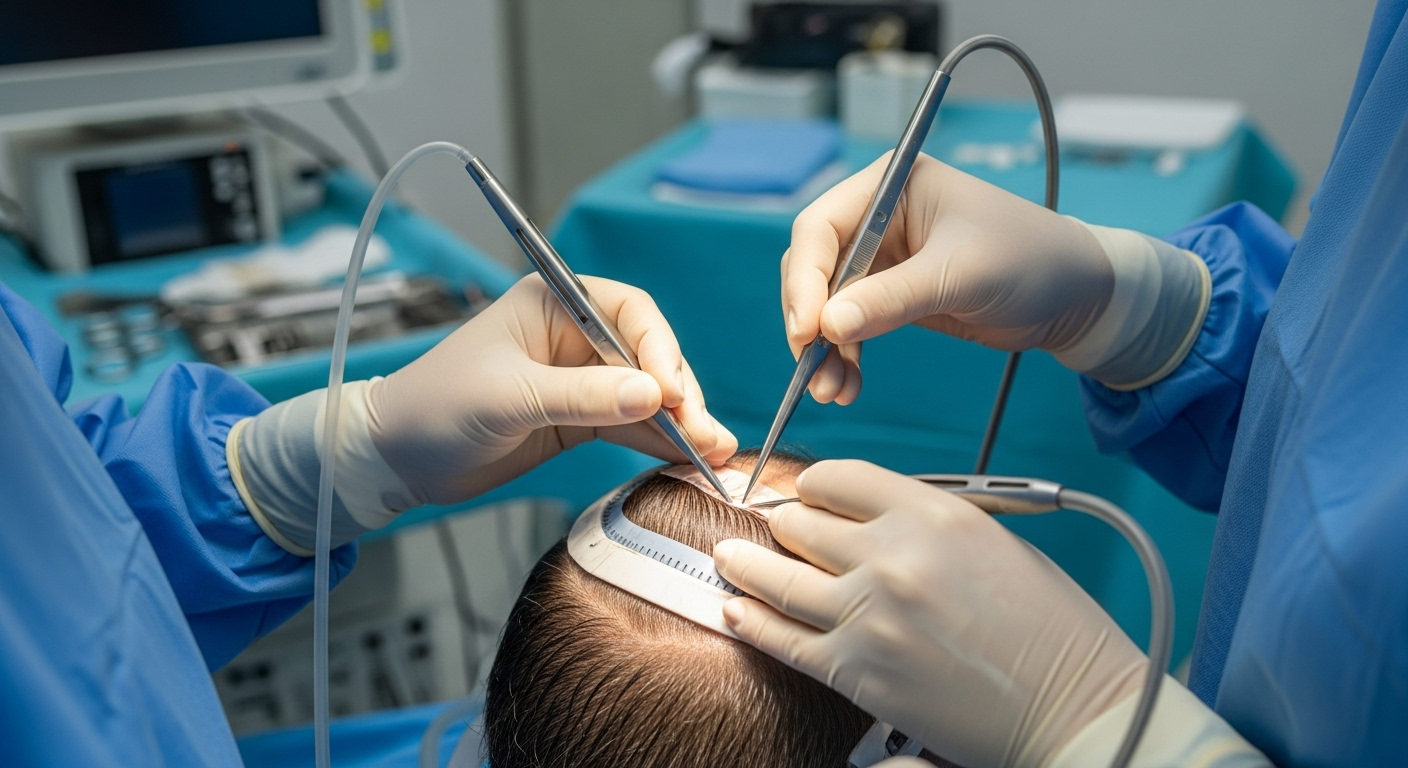Liposuction Explained: A Complete Guide to Body Contouring
Discover how liposuction can target stubborn fat pockets and help reshape your silhouette. This comprehensive guide covers clinical evidence, common treatment areas like the abdomen and chin, non-surgical alternatives, cost estimates, recovery timelines, and realistic expectations — everything you need to weigh your options for body contouring and fat removal.

Liposuction is a well-established surgical method for removing localized fat deposits that resist diet and exercise. Designed to refine contours rather than reduce overall body weight, liposuction can produce noticeable improvements in areas with good skin tone. This guide summarizes clinical findings, treatment targets, non-surgical options, cost factors, and recovery expectations to help you make an informed choice.
Clinical evidence and safety
Multiple peer-reviewed clinical trials and cohort studies show that liposuction can be safe and effective when performed by experienced, board-certified surgeons. Reported patient satisfaction is generally high, particularly when realistic goals are set and the procedure is combined with ongoing healthy habits. Complication rates are low for appropriately selected patients, though risks—such as infection, contour irregularities, or temporary numbness—exist and are minimized by careful technique and proper postoperative care. Importantly, the evidence underscores liposuction as a contouring procedure: it removes local fat deposits but is not intended as a primary method for weight loss or treatment of obesity.
Where liposuction is most commonly used
While abdominal fat removal is among the most requested applications, liposuction is versatile and commonly performed on several areas:
- Abdomen and waist
- Thighs and hips
- Arms and upper back
- Chin and neck
- Chest area, including treatment for gynecomastia in men
Outcomes tend to be most striking where the skin has sufficient elasticity to contract after fat removal. In areas with loose or heavily stretched skin, surgeons may combine liposuction with skin excision procedures to create the best contouring results.
Non-surgical alternatives to consider
For people seeking fat reduction with less downtime or no incisions, several non-surgical technologies are available. These tend to produce more subtle changes and may require multiple sessions:
- CoolSculpting (cryolipolysis) for cold-induced fat cell reduction
- Ultrasound-assisted treatments that use sound waves to disrupt fat cells
- Radiofrequency procedures that heat tissue to reduce fat and tighten skin
- Injectable fat dissolution agents that chemically break down fat pockets
Non-surgical options usually carry fewer risks and a quicker return to normal activities, but expectations should be moderated: results are generally less dramatic and take longer to appear compared with surgical liposuction.
Costs and treatment types
| Procedure Type | Average Cost Range | Recovery Time |
|---|---|---|
| Traditional Liposuction | $3,500 - $8,000 | 1-2 weeks |
| Power-Assisted Liposuction | $4,000 - $9,000 | 1-2 weeks |
| Ultrasound-Assisted | $4,500 - $10,000 | 1-2 weeks |
| SmartLipo (Laser) | $5,000 - $11,000 | 3-7 days |
Prices, rates, or cost estimates mentioned in this article are based on the latest available information but may change over time. Independent research is advised before making financial decisions.
Costs vary by geographic location, surgeon experience, facility fees, anesthesia type, and the extent of treatment. A consultation with a qualified provider will generate a personalized estimate and help clarify whether a single session or staged procedures are appropriate.
Recovery timeline and expected results
Most patients experience swelling and bruising that improve substantially within the first one to two weeks. Many people return to desk work within several days to a week, but strenuous exercise and heavy lifting should be avoided for several weeks to allow tissues to heal and for swelling to subside. Final contour changes often become apparent over a period of months as residual swelling resolves and the body adapts to its new proportions.
Long-term satisfaction is closely tied to maintaining a stable weight. Liposuction removes fat cells from treated zones, but remaining fat cells can enlarge with significant weight gain, potentially altering results. Combining the procedure with sensible nutrition and regular exercise helps preserve outcomes.
Making an informed decision
Selecting a reputable, board-certified surgeon is one of the most important steps. During a consultation, expect to discuss your medical history, goals, potential risks, and realistic outcomes. Ask to see before-and-after photos of patients with similar concerns and inquire about the surgeon’s complication rates and follow-up protocol.
Liposuction can be a powerful tool for refining body shape when used for appropriate indications. Weigh the benefits and limitations of surgical versus non-surgical approaches, consider costs and recovery, and prepare realistic expectations for your results.
This article is for informational purposes only and should not be considered medical advice. Please consult a qualified healthcare professional for personalized guidance and treatment.






